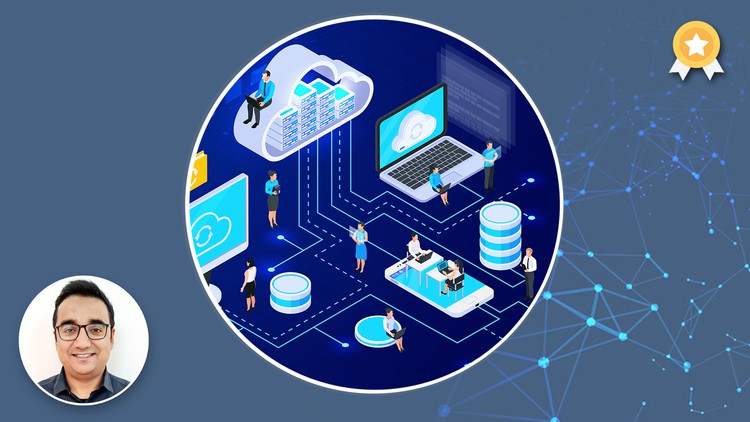1. Introduction
2. Understanding Collision Domain and Broadcast Domain
3. Understanding Different Types of Network Devices
4. What is a HUB device How does it work
5. What is a Switch Understanding Layer 2 Switching & unknown unicast flooding
6. What is a Bridge Device How does it work
7. Half Duplex and Full Duplex Ethernet
8. What is a VLAN How does it work
9. Understanding Switch Port Types Access, Voice Access, Trunk
10. What is a TRUNK port How does it work
11. Understanding Native VLAN, Untagged frames, ISL, 802.1Q, VTP
12. Understanding INTER-VLAN routing and its different scenarios
13. Cisco Packet Tracer Introduction and Setup
14.1 2. Network Access-LAB-1.pdf
14. LAB1 Configure and verify initial switch configuration including remote access
15.1 2. Network Access-LAB-2.pdf
15. LAB2 Verify network status and switch operation using basic utilities
16.1 2. Network Access-LAB-3.pdf
16. LAB3 Configure speed, duplex, and description
17.1 2. Network Access-LAB-4.pdf
17. LAB4 Configure, verify, and troubleshoot VLANs (NormalExtended)
18.1 2. Network Access-LAB-5.pdf
18. LAB5 Configure, verify, and troubleshoot Inter-Switch connectivity
19.1 2. Network Access-LAB 5A.pdf
19. LAB5A Configure Inter-VLAN routing - Scenario 1
20.1 2. Network Access-LAB5B.pdf
20. LAB5B Configure Inter-VLAN routing - Scenario 2
21.1 2. Network Access-LAB 5C.pdf
21. LAB5C Configure Inter-VLAN routing - Scenario 3
22. Spanning Tree Protocol (STP)
23. Spanning Tree Terminologies
24. Spanning Tree Port Roles
25. Spanning Tree Port Stages
26. Understanding Convergence
27. Spanning Tree Link cost
28. Spanning Tree protocol Operation
29. Spanning Tree Protocol Animation
30. Types of Spanning Tree Protocols
31.1 2. Network Access-LAB-6.pdf
31. LAB6 Spanning tree & toolkit configuration
32.1 2. Network Access-LAB-7.pdf
32. LAB7 Configure and verify layer 2 protocols (CDP,LLDP)
33. Understanding EtherChannel
34.1 2. Network Access-LAB-8.pdf
34. LAB8 Configure, verify, and troubleshoot L2L3 EtherChannel
35. Understanding Power Over Ethernet (POE), Terminology and operation
36. Campus LAN topologies and design terminologies
37. Understanding Wireless Technology
38. Understanding Wireless Access point (AP)
39. Understanding Other Wireless Topologies
40. Understanding Radio Frequency (RF), Wireless Band, and channels
41. Access Point and Wireless Standards
42. Securing a Wireless Connection
43. Understanding Wireless Authentication methods
44. Understanding EAP and its authentication methods
45. Understanding TKIP (Temporal Key Integrity Protocol)
46. Understanding CCMP & GCMP
47. Understanding WPA, WPA2, and WPA3
48. Understanding Different Types of Access Points
49. Understanding Light Weight AP(Access-point) and WLC (Wireless LAN Controller)
50. Understanding Cloud Based AP Architecture and Securing WLAN
51. Scaling AP (Access point) and WLC (Wireless LAN Controller)
52. Understanding Cisco WLAN Deployments options
53. Understanding Cisco Light-Weight AP(Access-Point) modes

